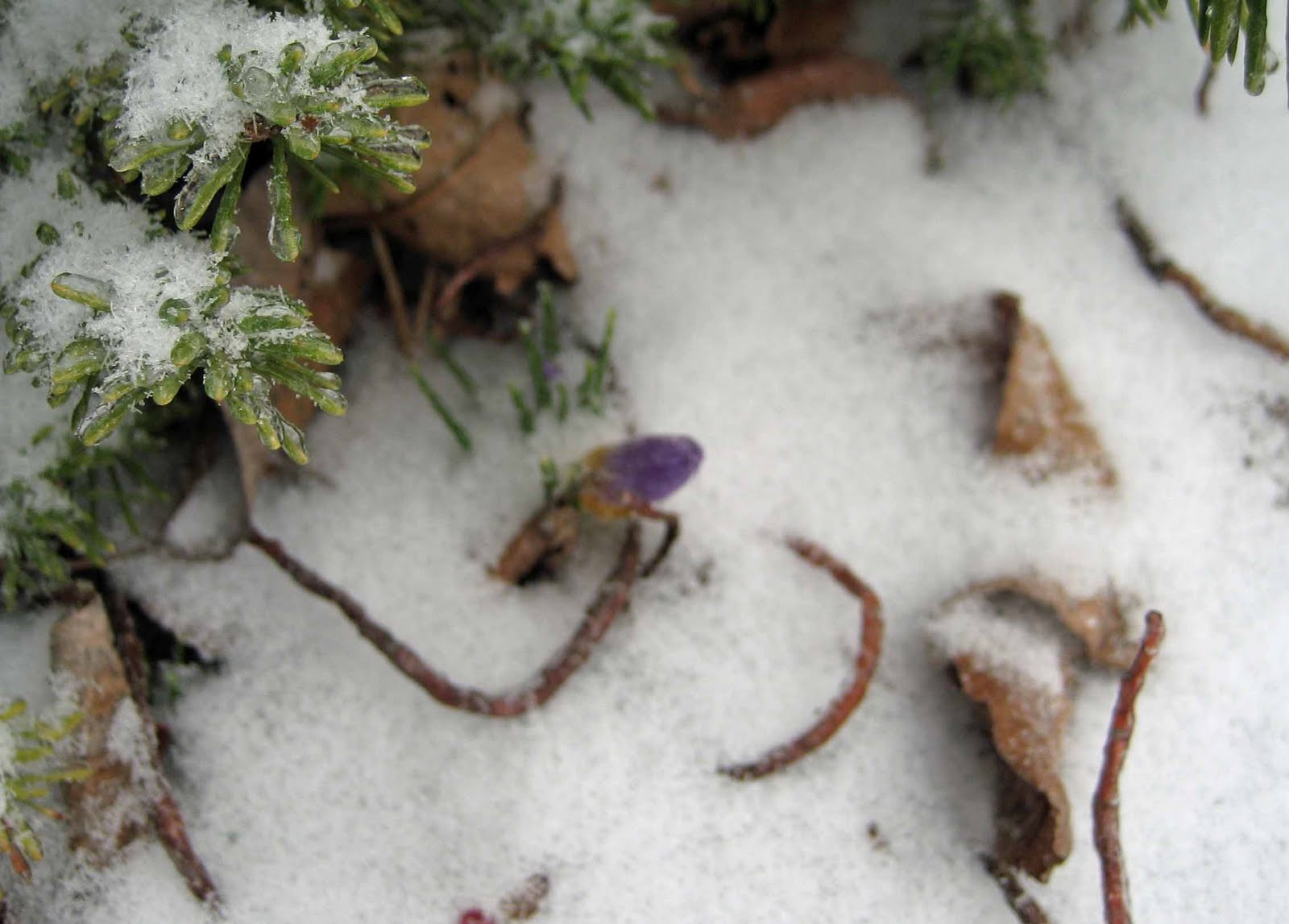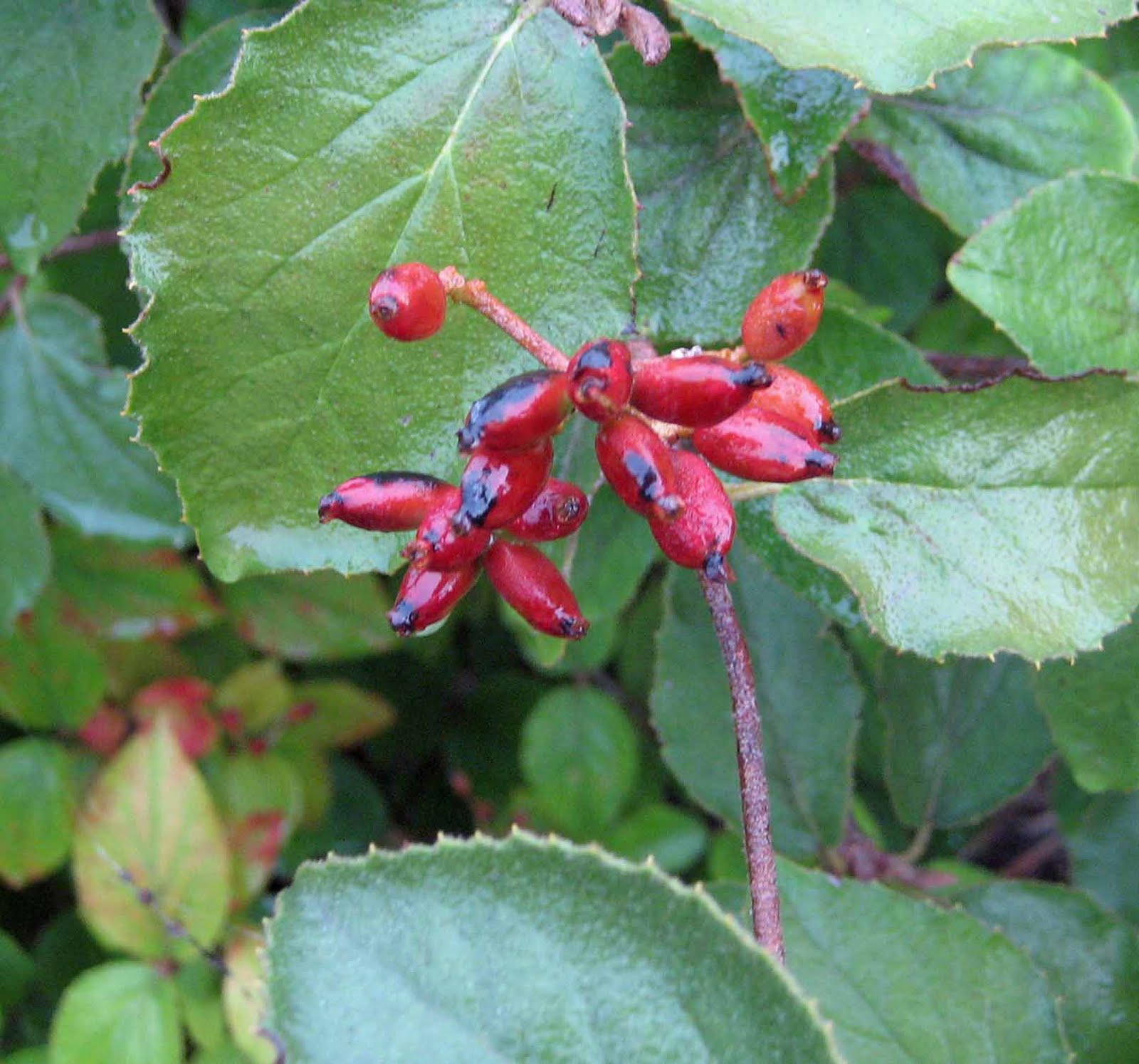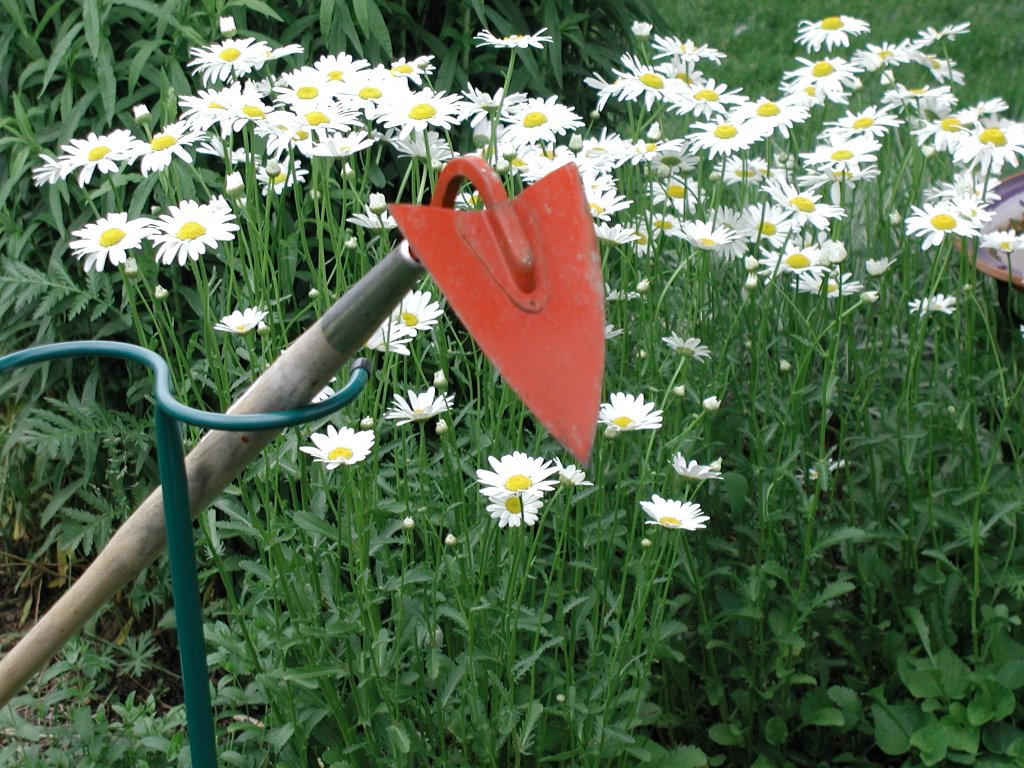Hortense Hoelove provides advice to the plant-lorn amongst us, those who are struggling with their plant and garden relationships.
Dear Hortense,
Do you ever push the zone limit? If so, ever have luck with plants not for your zone?
Sincerely,
Darla
Dear Darla,
Pushing the zone limit is always a bit risky, but sometimes just planting a plant that is hardy in your zone is risky, too. Think about all that can happen. Insect infestations, plant diseases, flood, drought, too much sun, too little sun. A bad winter, a cold spring, an early fall. And then there are meadow voles, deer, rabbits, chipmunks and who knows what else that might just decide that your newly planted plant is their perfect lunch.
But as a gardener, I don’t think about all that when I choose a plant, and I’ll bet you don’t either. I plant, do my best to take care of the plant and assume it will grow and flower and thrive in my garden. And yes, to answer your question, sometimes I end up with a plant or two that is supposedly only hardy to zone 6, when I’m zone 5b. When that happens, I just try to find a sheltered spot, plant my zone challenged plant, and hope we don’t have a winter like that one in 1994 when the temperature dropped to -27.
Yours truly,
Hortense

Dear Hortense,
When the landscaper planted my holly they were loaded with red berries. But since then they no longer produce berries. What have I done wrong?
Baffled in BG,
Barb
Dear Barb,
First, get it out of you head that you did something wrong. You did nothing wrong but your landscaper probably made one critical mistake. Holly plants, Ilex sp.,are dioecious plants, which means that the plant has either female flowers or male flowers, but not both. Only the female flowering plants produce berries. But they can’t produce berries without the pollen from the male flowers, which are on another plant. Your landscaper probably planted only female plants, or if they planted a male plant, it is too far from the female plants for pollination to occur.
If you still have the plant tag, take it back to the garden center and ask them to sell you a male flowering holly of the same type and then plant it somewhere near the female holly, within at least 10 – 12 feet or closer. Then you should have plenty of holly with berries to cut for Christmas decorations or just to enjoy each year.
Happy Holly-days,
Hortense

Dear Hortense,
Do you really need a hoe to garden?
Yours truly,
C.D. Warner
Dear C.D.
I get this question all the time. The answer is no, you don’t need a hoe to garden. But if you try gardening with a hoe, you may never want to garden without one again.
Sincerely,
Hortense Hoelove

If you have a question for Dear Hortense, just leave it in the comments or send an email!


Thanks Hortense…you know exactly how to put things in perspective.
I have two female holly bushes that have beautiful berries every year. One is on each side of my front door. The male is around the corner of the house past the vegetable garden, over 40' away. So they don't necessarily have to be really close. You can hide the male to a certain extent if you like.
I did not realize Ilex was dioecious. Thanks for the info!
Thanks, Hortense. As always, I learned something new today–I am going to add dioecious to my vocabulary.
Actually, the only question I have is one you can't answer–why didn't Blogger update my sidebar this morning? Instead, now that I should be going to bed, I discover at least 15 new posts I missed!